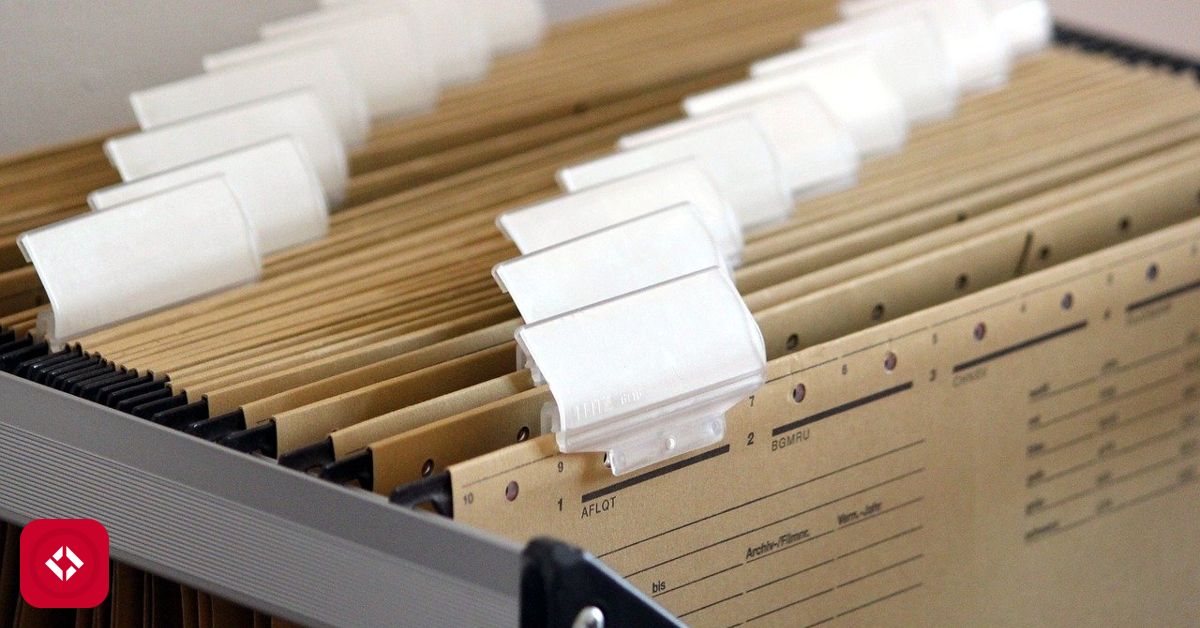Sample Programs in Every Language
A Collection of Code Snippets in as Many Programming Languages as Possible
This project is maintained by TheRenegadeCoder
File Input Output in Scala
Published on 05 April 2019 (Updated: 15 May 2023)
Welcome to the File Input Output in Scala page! Here, you'll find the source code for this program as well as a description of how the program works.
Current Solution
import scala.io.Source
import java.io.{FileNotFoundException, IOException, File, FileOutputStream, PrintWriter}
object FileInputOutput {
// reading file then write to stdout
// write exception when fail
def readFromFile(filename: String) {
try {
val buffer = Source.fromFile(filename)
val lines = buffer.getLines
lines.foreach(println)
buffer.close
} catch {
case e: FileNotFoundException => println(s"File ${filename} does not exist.")
case e: IOException => println(s"I/O Exception when reading from ${filename}.")
case e: Throwable => println(s"Error ${e.getMessage} when reading from ${filename}.")
}
}
// write to file
// stdout exception when fail
def writeToFile(filename: String, contents: String) {
try {
val writer = new PrintWriter(new File(filename))
writer.write(contents)
writer.close
} catch {
case e: FileNotFoundException => println(s"Cannot write into file ${filename}.")
case e: Throwable => println(s"Error ${e.getMessage} when writing to file ${filename}.")
}
}
def main(args: Array[String]) {
// write succesfully
writeToFile("output.txt", "I am a string.\nI am also a string.\nScala is fun!\n")
// read successfully
readFromFile("output.txt")
}
}
File Input Output in Scala was written by:
- rzuckerm
This article was written by:
- Jeremy Grifski
- rzuckerm
- Vee Ng
If you see anything you'd like to change or update, please consider contributing.
How to Implement the Solution
First of all let's look at the read / write functions as a whole, and their usages.
Read from a file
In many real world scenario, your program usually takes one of the two approaches when dealing with undeterministic I/O (also called side-effects): fail loudly or fail silently.
We want to fail loudly, i.e. throw exception, stop execution flow or output error as results, when the I/O is critical for the program to proceed.
// reading file then write to stdout
// write exception when fail
def readFromFile(filename: String) {
try {
val buffer = Source.fromFile(filename)
val lines = buffer.getLines
lines.foreach(println)
buffer.close
} catch {
case e: FileNotFoundException => println(s"File ${filename} does not exist.")
case e: IOException => println(s"I/O Exception when reading from ${filename}.")
case e: Throwable => println(s"Error ${e.getMessage} when reading from ${filename}.")
}
}
Similar to many other language, scala.io.Source provides the ability to get a file into a buffer-like instance,
in our case BufferedSource, using fromFile. Source is built-in with Java exceptions to let us know what
causes the failure in opening / reading the file.
Since we are dealing with a text file, we can simply use getLines to convert BufferedSource to a Iterator[String].
We can also convert Iterator[String] to a List[String] or Array[String] using .toList and .toArray
respectively.
Iterator interface allows us to traverse each line, using foreach. The syntactic sugar lines.foreach(println)
you see here is short-hand for:
lines.foreach(line => println(line))
or
for (line <- lines) {
println(line)
}
After extracting the buffer, we close it with buffer.close.
catch block here demonstrate Scala's pattern matching feature. By default, all exceptions can be caught
as a Throwable.
However we have the option to deal with specific exception (FileNotFoundException or IOException) separately.
Usage is simple:
readFromFile("output.txt")
Write to a file
Similar pattern for writing to files. Unlike read, which is usually at the beginning of some logic and having the input type determined gains us benefits, write is usually a void function with no return types, and called at the end of execution (result, log, etc.).
// write to file
// stdout exception when fail
def writeToFile(filename: String, contents: String) {
try {
val writer = new PrintWriter(new File(filename))
writer.write(contents)
writer.close
} catch {
case e: FileNotFoundException => println(s"Cannot write into file ${filename}.")
case e: Throwable => println(s"Error ${e.getMessage} when writing to file ${filename}.")
}
}
Usage is straightforward, simply call the function:
```scala
writeToFile("output.txt", "I am a string.\nI am also a string.\nScala is fun!\n")
How to Run the Solution
The source requires standard scala compiler and runtime: scalac and scala. Before running the program, make sure
the files are in the same directory as the compiled .class.
$ scalac FileInputOutput.scala
$ scala FileInputOutput